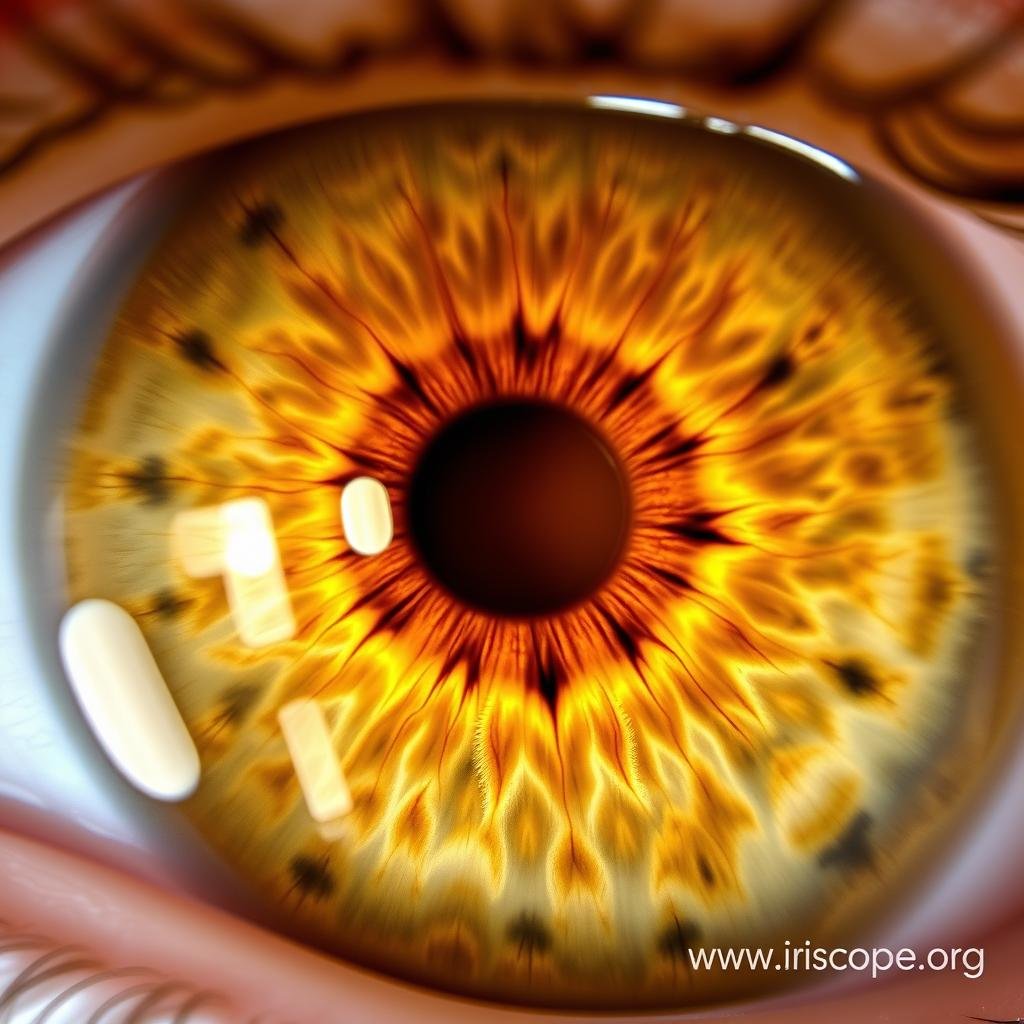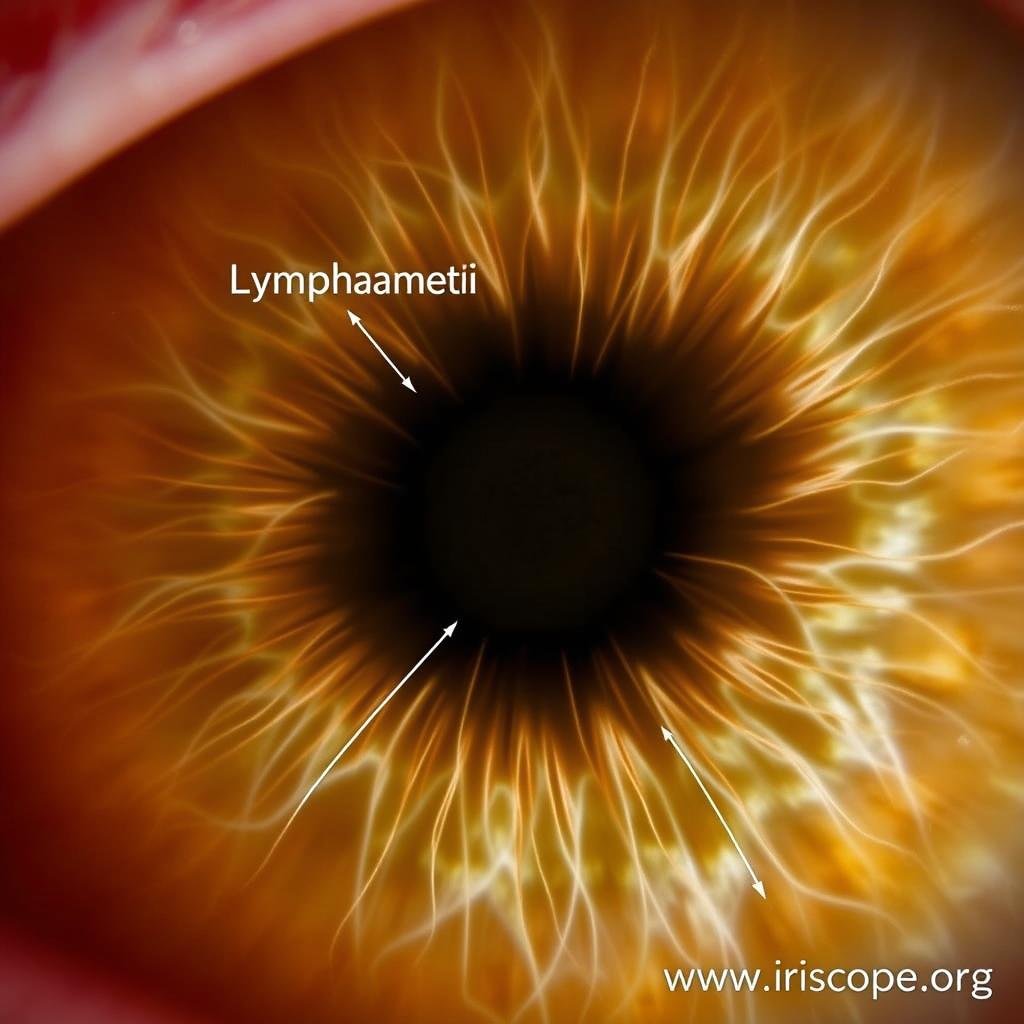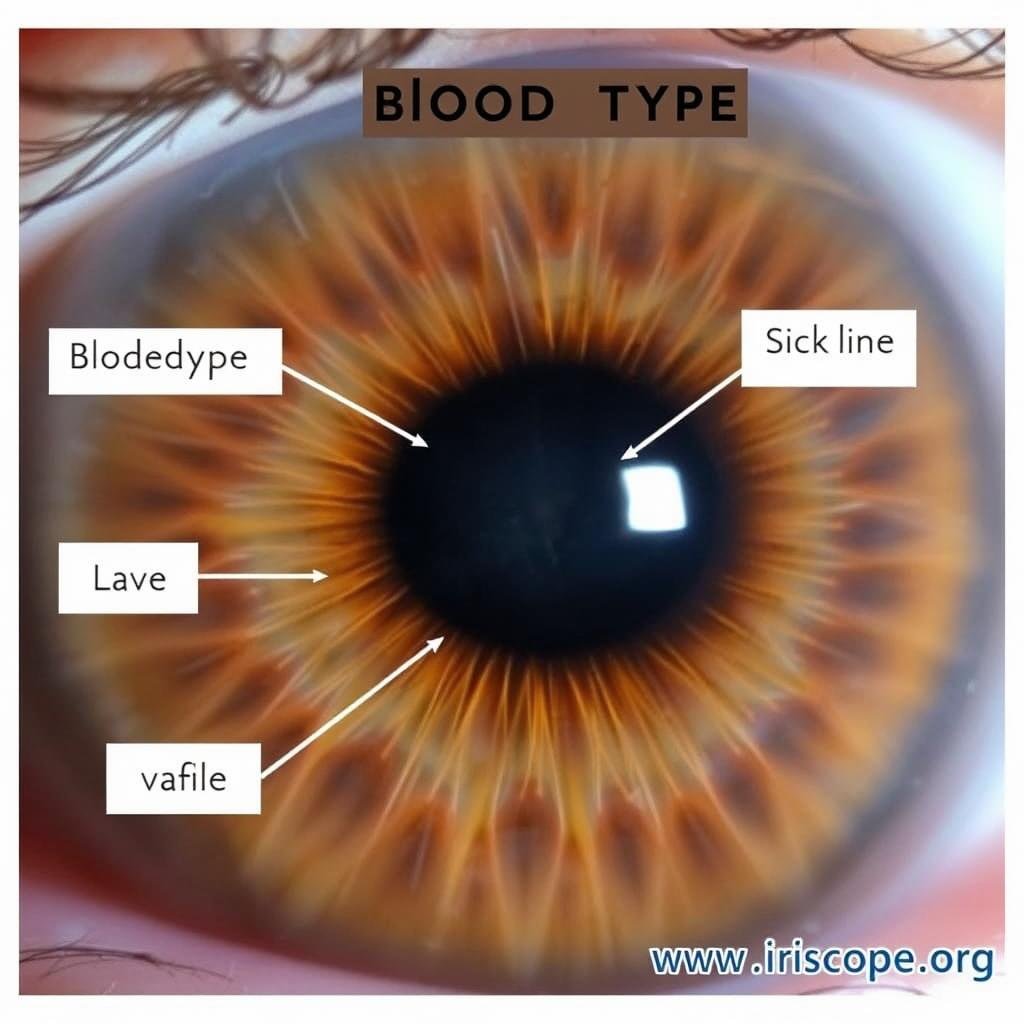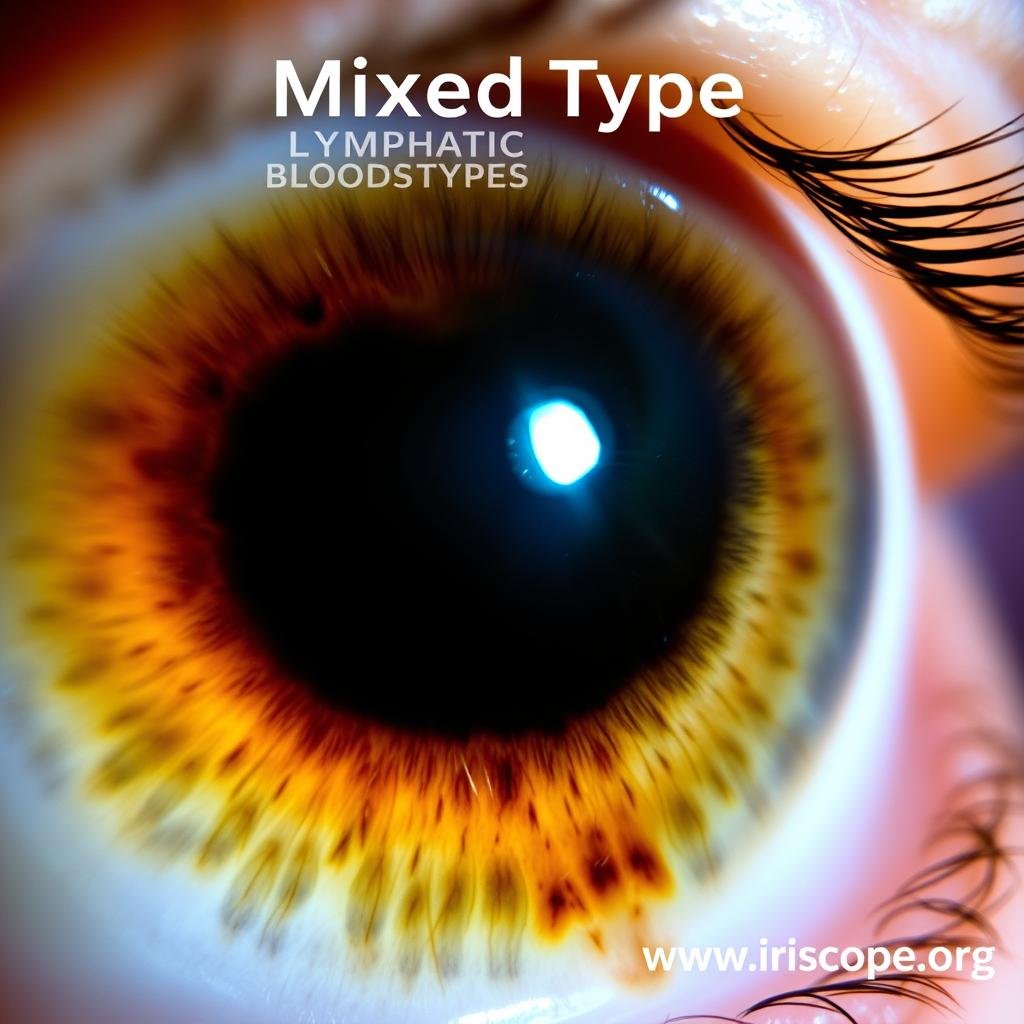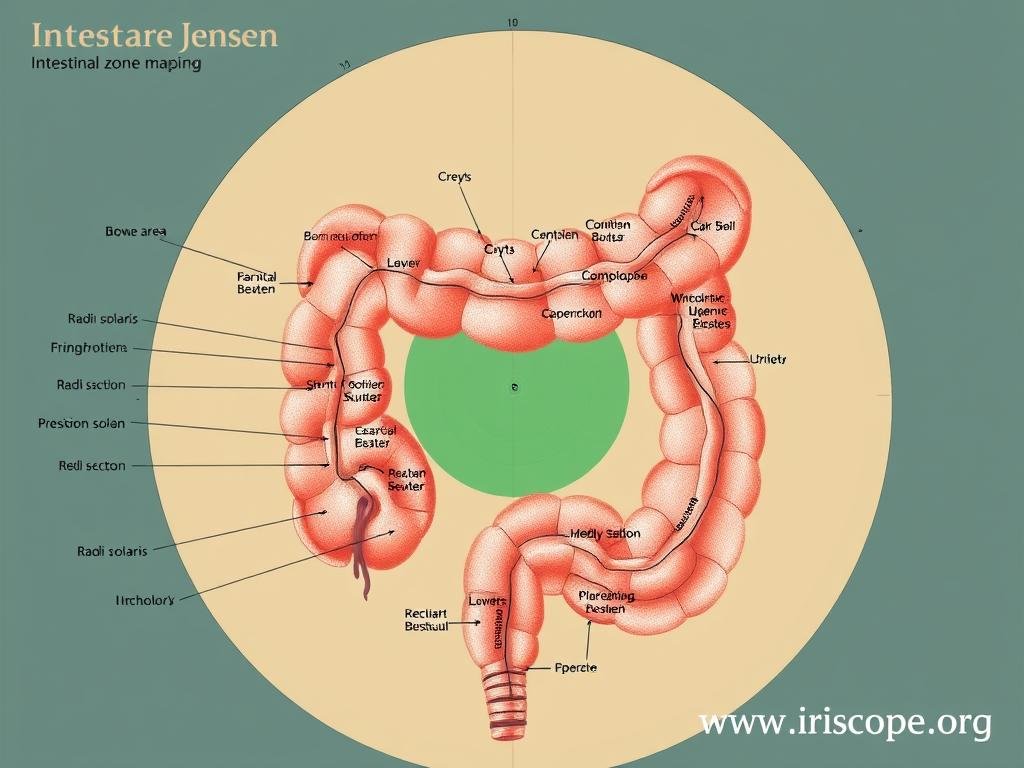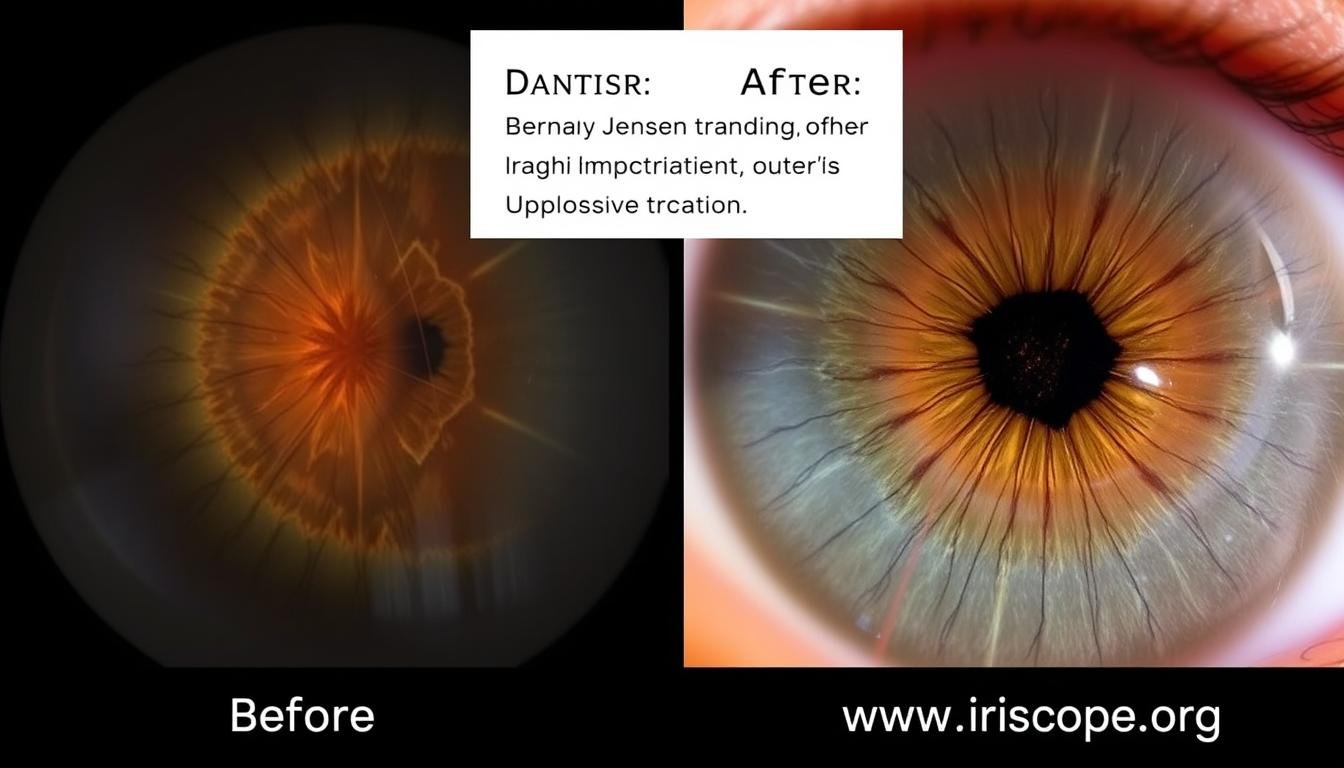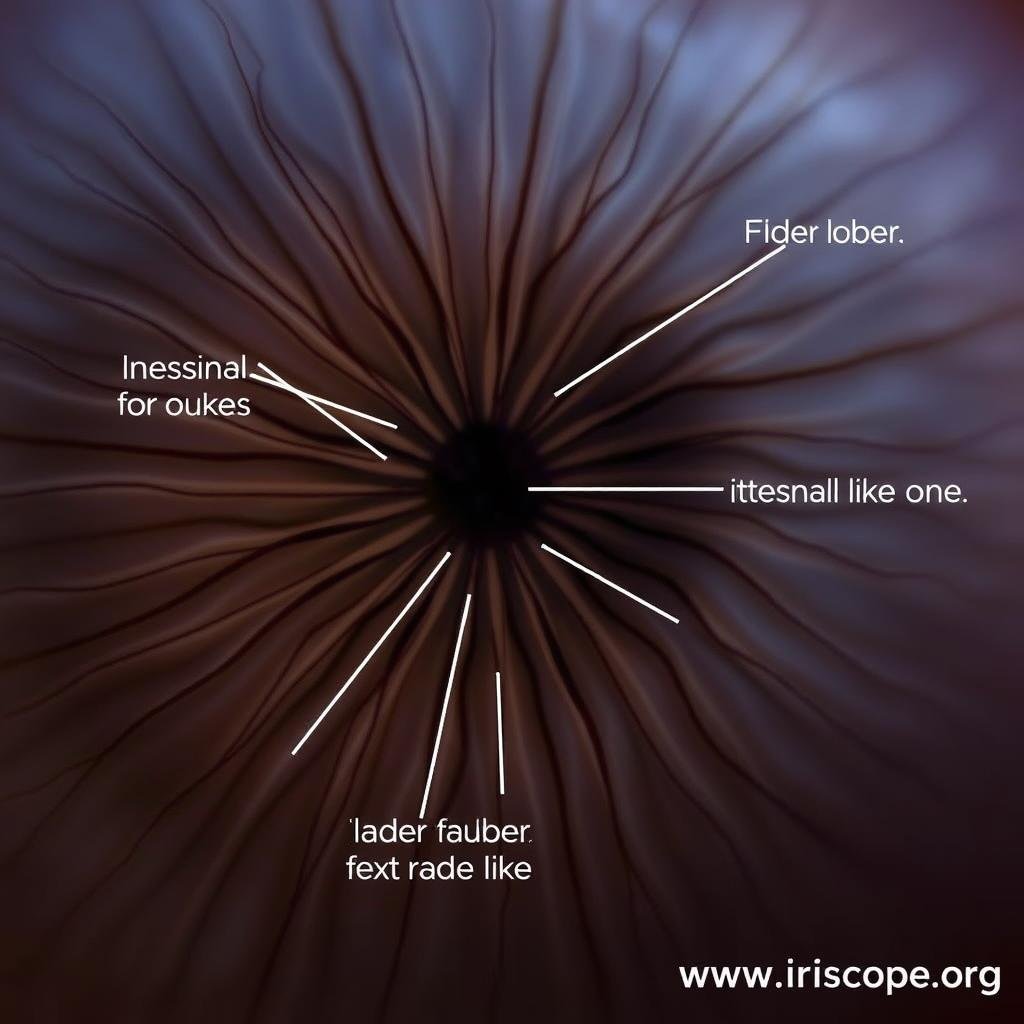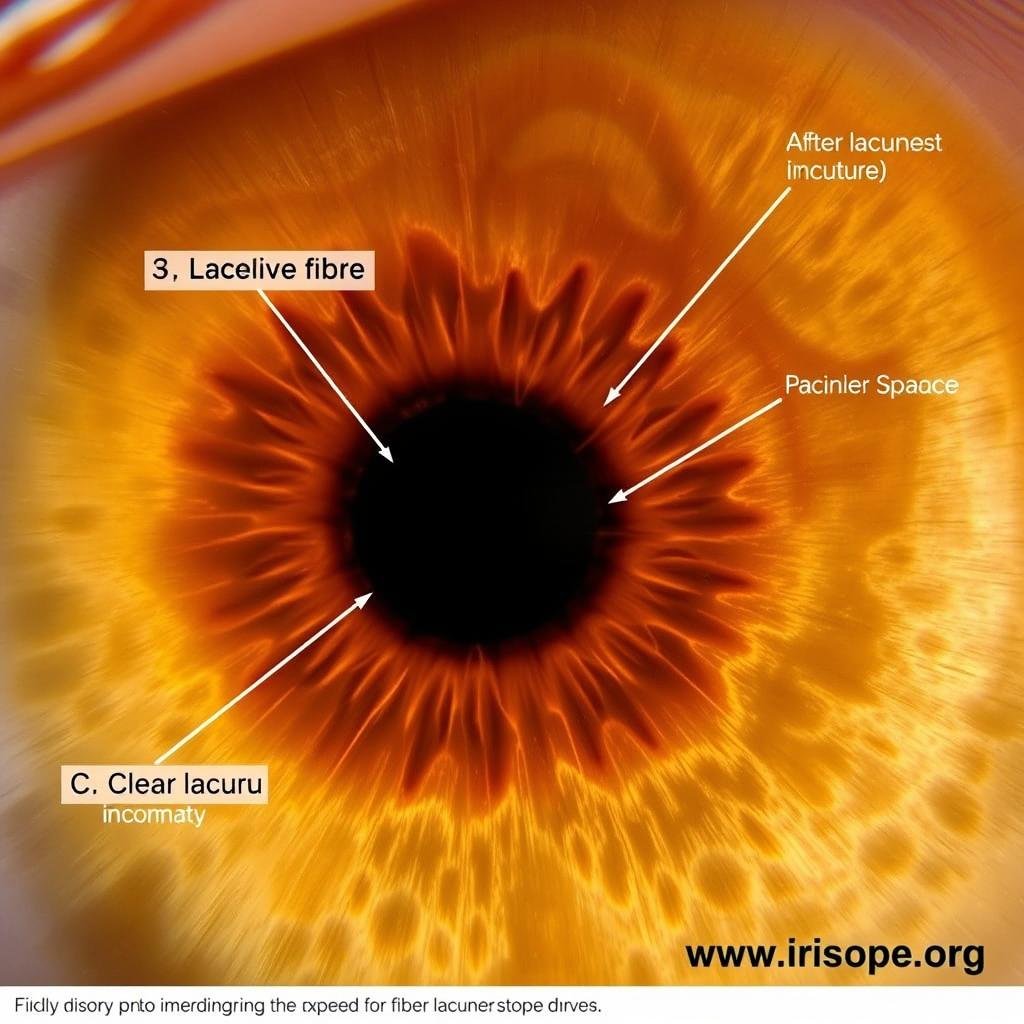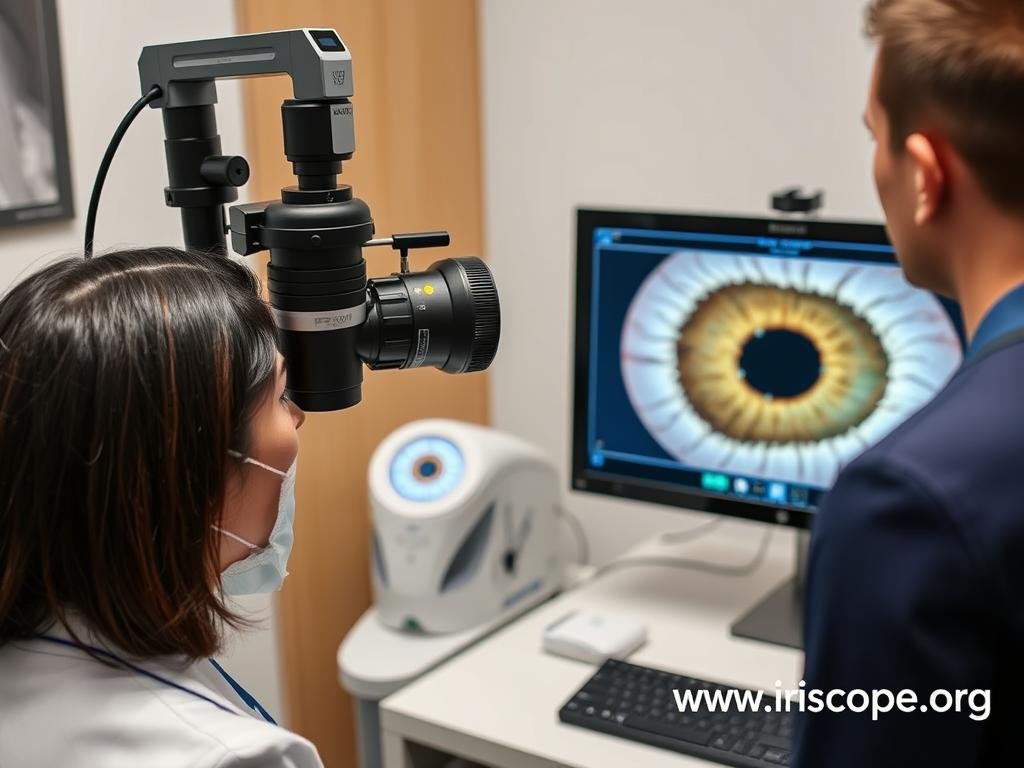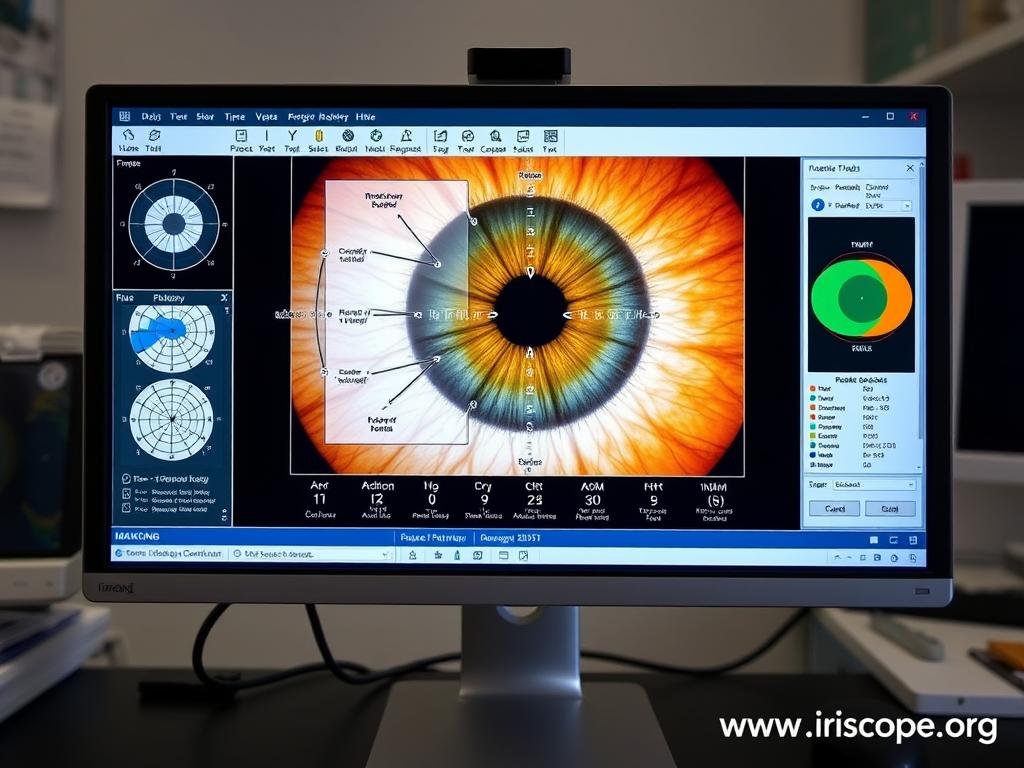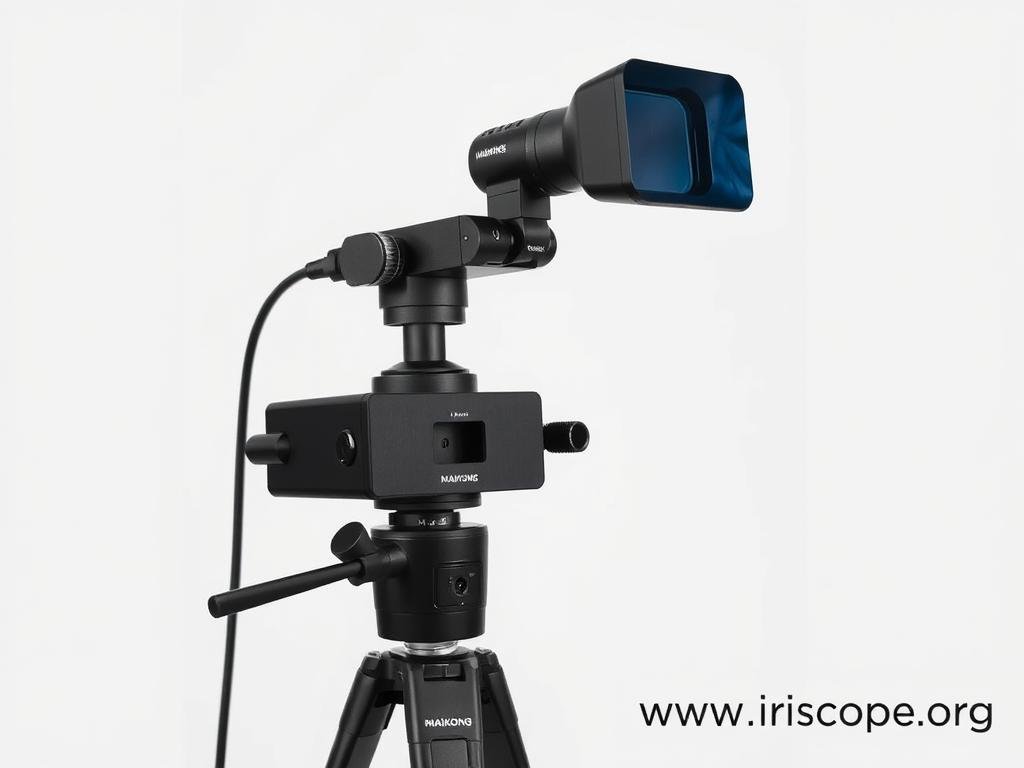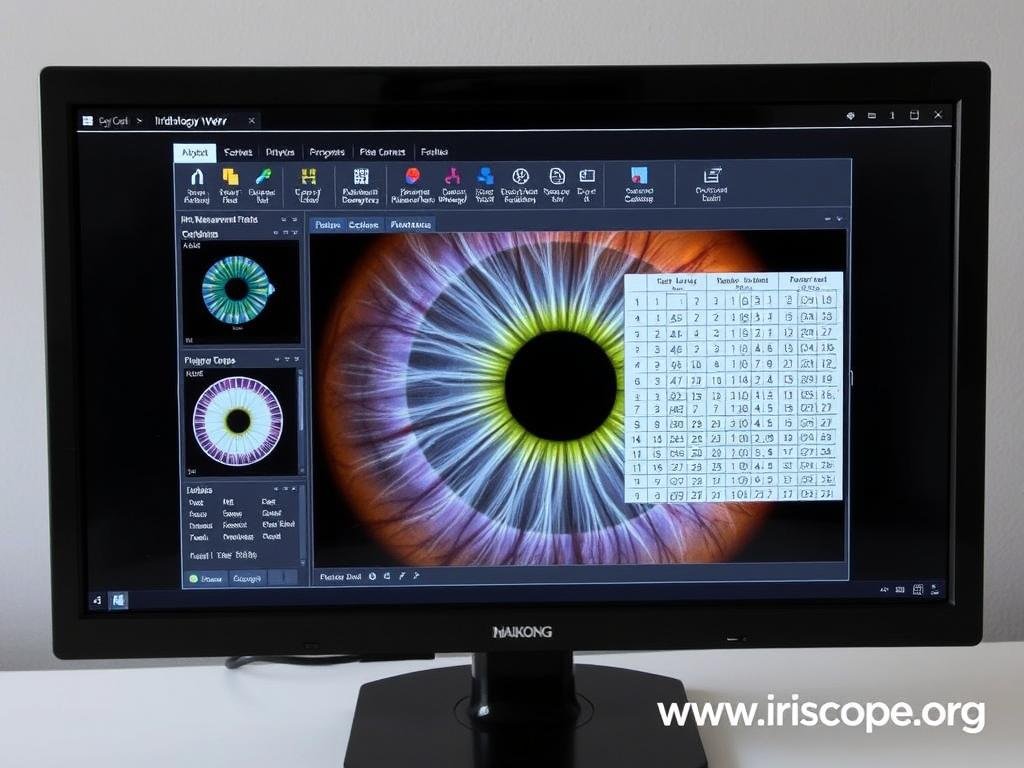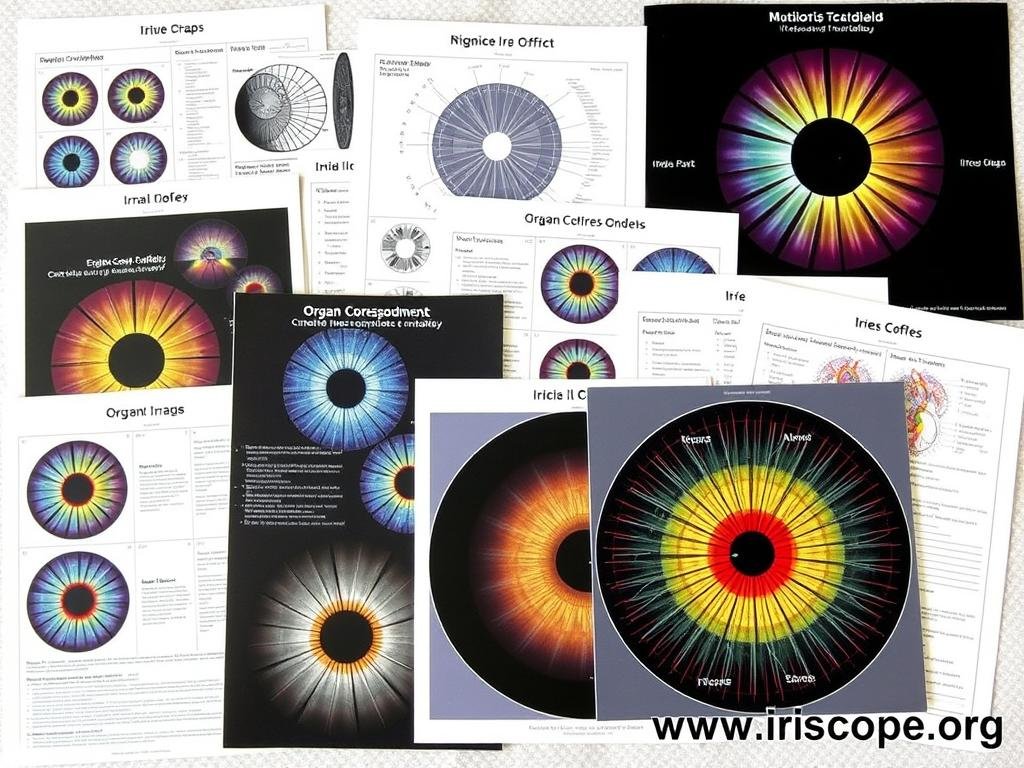When we examine the landscape of alternative diagnostic methods, Bernard Jensen Iridology stands as a pioneering approach that has transformed how practitioners view the human iris. For more than 60 years, Dr. Bernard Jensen developed a comprehensive system of iridology that continues to influence holistic health practitioners worldwide. His meticulous documentation of thousands of iris patterns created a bridge between ancient observational techniques and modern clinical applications, establishing a foundation that today’s practitioners continue to build upon with advanced technology and refined methodologies.
The Foundations of Bernard Jensen Iridology
Iridology represents a diagnostic methodology based on examining patterns, colors, and other characteristics in the iris to evaluate a person’s overall health status. This practice operates on the premise that each area of the iris corresponds to specific organs and body systems, with changes in these areas potentially indicating functional or structural changes in the corresponding tissues.



The historical roots of iridology trace back to Hungarian physician Dr. Ignatz von Peczely, who in the 1860s observed changes in his pet owl’s iris after the bird suffered a broken leg. This observation sparked his curiosity about potential connections between iris markings and physical trauma or disease. The practice gradually evolved through European medical circles before reaching North America, where Bernard Jensen would eventually become its most influential proponent.
Key Principles of Bernard Jensen Iridology
- The iris contains thousands of nerve endings connected to the brain via the optic nerve
- Each section of the iris corresponds to specific organs according to a mapped “clock face” arrangement
- The right iris primarily reflects conditions on the right side of the body, the left iris the left side
- Iris markings may indicate genetic predispositions, acute conditions, or chronic issues
- Changes in color, structure, and markings potentially signal alterations in tissue health
Bernard Jensen’s Pioneering Research Methodology
Bernard Jensen’s journey into iridology began in the early 1920s after encountering the work of Dr. R.M. McLain, an early American iridologist. What distinguished Jensen’s approach was his systematic documentation and correlation of iris signs with patient symptoms, creating an unprecedented body of clinical evidence for iridological assessment.

Jensen’s research methodology was remarkably thorough for his era. He photographed and cataloged thousands of irises, meticulously tracking changes as patients underwent various healing protocols. This longitudinal approach allowed him to document how iris signs evolved during healing processes, providing evidence for the dynamic nature of iris markings in relation to health status.
Bernard Jensen’s Most Influential Works
The Science and Practice of Iridology
This two-volume masterwork presents Jensen’s complete system with detailed iris photographs, case studies, and clinical correlations gathered over decades of practice.
Iridology: The Science and Practice in the Healing Arts
A comprehensive guide connecting iridology to broader natural healing modalities, emphasizing its role in preventive healthcare.
The Healing Power of Foods
While not strictly about iridology, this work demonstrates how Jensen integrated iris analysis with nutritional therapy to address underlying health imbalances.
Jensen received numerous accolades for his contributions, including recognition from the National Health Federation and international iridology associations. His Hidden Valley Health Ranch in Escondido, California became a center for both treatment and education, attracting students from around the world eager to learn his systematic approach to iris analysis.
Key Principles of Jensen’s Iridological System
Bernard Jensen Iridology is characterized by several innovative concepts that continue to influence practitioners today. His systematic approach to iris analysis provides a comprehensive framework for understanding health through the eyes.
Constitutional Types and Inherent Tendencies
Jensen identified three primary constitutional types visible in the iris, each associated with specific health tendencies:
Lymphatic Type
Characterized by white fibers and rings, this constitution often indicates challenges with lymphatic drainage, potential for mucus accumulation, and respiratory sensitivities.
Blood Type
Displaying a fine, silk-like fiber structure, this constitution suggests potential circulatory challenges, inflammatory tendencies, and sensitivity to environmental factors.
Mixed Type
Showing characteristics of both lymphatic and blood types, this constitution indicates a complex health profile with varied strengths and challenges across multiple body systems.
The Seven Stages of Tissue Inflammation
One of Jensen’s most significant contributions was his identification of seven distinct stages of tissue inflammation visible in the iris. This allowed practitioners to assess not just where problems existed but their severity and chronicity.
| Stage |
Iris Appearance |
Physiological Significance |
| Acute Inflammation |
Bright white lines, often radiating |
Active inflammatory response, body actively addressing issue |
| Subacute Condition |
Off-white or light gray markings |
Inflammation becoming persistent, reduced healing response |
| Chronic Inflammation |
Darker gray markings, more defined |
Long-term inflammatory process, adaptation occurring |
| Degenerative Lesion |
Black markings, often enclosed |
Tissue damage, functional impairment likely present |
The Bowel as Foundation of Health
Jensen placed particular emphasis on the intestinal system, developing detailed iris mapping of the bowel area. His research led him to conclude that many systemic health issues originated with intestinal dysfunction:
- The “intestinal wreath” area of the iris reveals digestive function status
- Bowel pockets indicate areas of potential toxicity or malabsorption
- Radii solaris (spoke-like lines) extending from the bowel area suggest toxic material moving into other systems
- Bowel crypts may indicate diverticular development or tissue weakness
- Nerve rings crossing the bowel area suggest nervous system involvement in digestive function
Jensen’s approach to iridology was always integrated with practical therapeutic recommendations, particularly focusing on dietary changes, herbal protocols, and intestinal cleansing to address underlying imbalances revealed through iris analysis.
Practical Case Studies from Jensen’s Clinical Practice
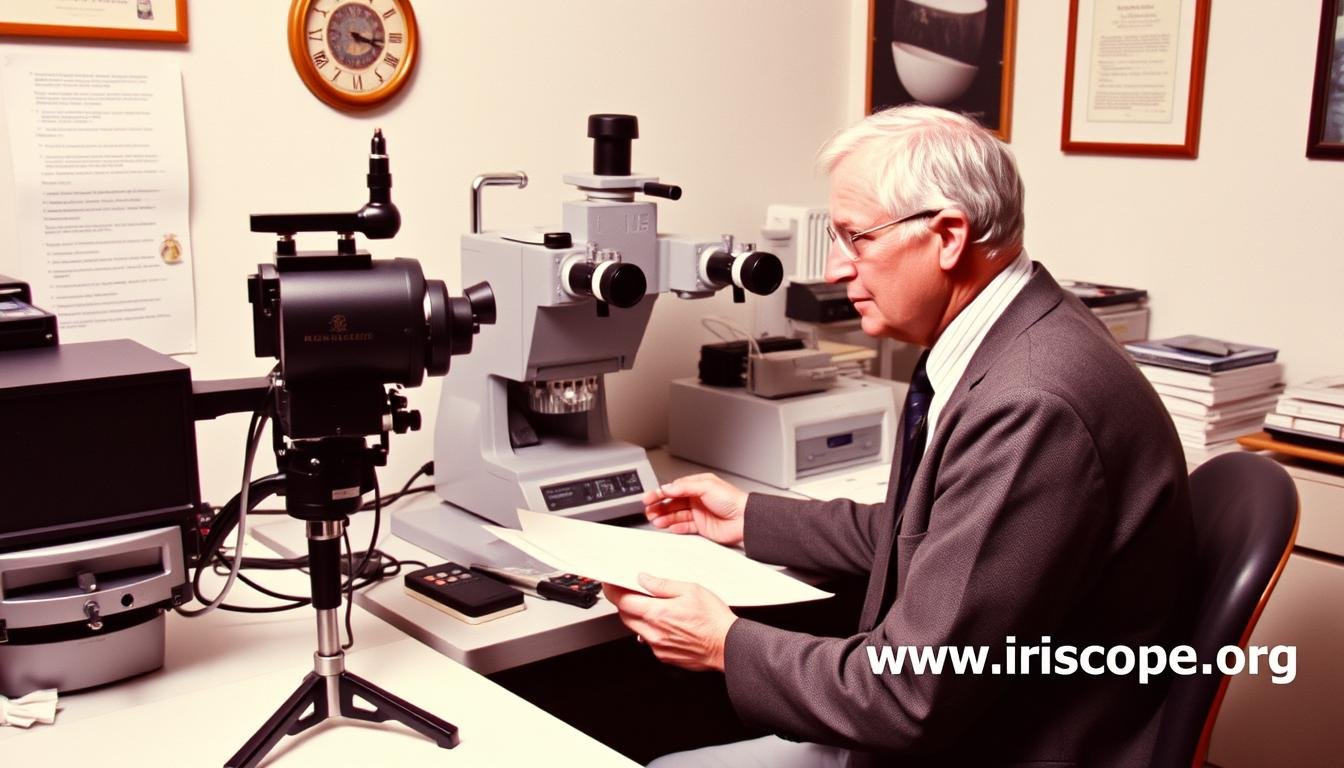
Throughout his decades of practice, Jensen documented thousands of cases demonstrating the practical application of iridology. Three particularly illustrative examples showcase his methodology:
Case Study 1: Identifying Hidden Digestive Dysfunction
A 42-year-old female patient presented with chronic fatigue, skin eruptions, and joint pain. Conventional testing had revealed no significant abnormalities. Jensen’s iris analysis showed:
Iris Observations
- Pronounced dark brown pigmentation in the intestinal zone (3-9 o’clock positions)
- Several crypts (small dark spots) in the stomach area
- Radii solaris extending from intestinal area toward skin and joint zones
- Lymphatic rosary (white circular marking) indicating lymphatic congestion
Clinical Correlation
- Intestinal permeability issues allowing toxin absorption
- Chronic gastric inflammation contributing to malabsorption
- Toxic material from digestive system affecting skin and joints
- Compromised lymphatic drainage exacerbating toxin accumulation
Jensen’s protocol focused on restoring digestive integrity through elimination diet, herbal digestive support, and intestinal cleansing. Within three months, the patient reported 80% improvement in all symptoms, with corresponding changes in iris appearance, including lightening of intestinal pigmentation and reduction in radii solaris.
Case Study 2: Constitutional Weakness and Respiratory Vulnerability
A 35-year-old male with recurring bronchial infections and chronic sinusitis showed distinctive iris patterns that guided Jensen’s approach:
Jensen identified a lymphatic constitution with pronounced white markings in the lung and sinus areas of the iris. His analysis revealed inherited weakness in these systems, exacerbated by dietary mucus-forming foods and environmental sensitivities. The treatment protocol emphasized elimination of dairy and refined carbohydrates, respiratory-supporting herbs, and constitutional strengthening through specific nutrients. Follow-up iris photography documented gradual reduction in white markings as the patient’s clinical symptoms improved.
Case Study 3: Tracking Healing Through Iris Changes
One of Jensen’s most compelling documented cases involved a 50-year-old with liver dysfunction showing dramatic iris changes over a two-year healing journey:
| Time Period |
Iris Observations |
Clinical Status |
| Initial Assessment |
Yellow-brown pigmentation in liver zone, adjacent lacunae (open lesions) |
Fatigue, digestive distress, elevated liver enzymes |
| 6 Months |
Increased yellowish discoloration, temporary darkening of markings |
Healing crisis with temporary symptom intensification |
| 12 Months |
Gradual reduction in yellow pigmentation, closing of lacunae |
Improved energy, normalized digestion, improving lab values |
| 24 Months |
Significant clearing of pigmentation, healed tissue integrity |
Complete resolution of symptoms, normal liver function |
This case exemplified Jensen’s observation that healing often progresses through distinct phases visible in the iris, sometimes including temporary intensification of markings during active healing processes before eventual clearing.
Scientific Perspectives on Jensen’s Iridology
Supporting Evidence
- Documented correlation between iris changes and health status in Jensen’s clinical records
- Neurological connections between iris and central nervous system via optic nerve
- Some studies showing statistical correlations between specific iris signs and health conditions
- Consistent patterns observed across different practitioners using Jensen’s methodology
- Non-invasive nature allows for repeated assessment without patient risk
Scientific Challenges
- Limited double-blind controlled studies validating diagnostic accuracy
- Inconsistent results in studies attempting to correlate iris signs with known pathologies
- Potential for confirmation bias in practitioner interpretation
- Difficulty standardizing assessment criteria across different practitioners
- Mechanism of how internal organ changes would affect iris structure not fully explained
The scientific community has expressed varying degrees of skepticism regarding iridology. Several controlled studies have failed to demonstrate that iridologists can consistently identify specific diseases through iris examination alone. A notable study published in the Journal of the American Medical Association in 1979 found that iridologists could not reliably detect gallbladder disease from iris photographs.
It’s worth noting that Jensen himself emphasized iridology as a tool for identifying constitutional tendencies and functional changes rather than for diagnosing specific diseases. He viewed it as complementary to other assessment methods, not as a standalone diagnostic system.
Modern proponents suggest that many studies have evaluated iridology against criteria it wasn’t designed to meet. They argue its value lies in identifying predispositions and functional imbalances before they manifest as diagnosable disease—an area where conventional testing often falls short. Some recent research using digital imaging and computational analysis has shown more promising results in correlating specific iris features with systemic conditions.
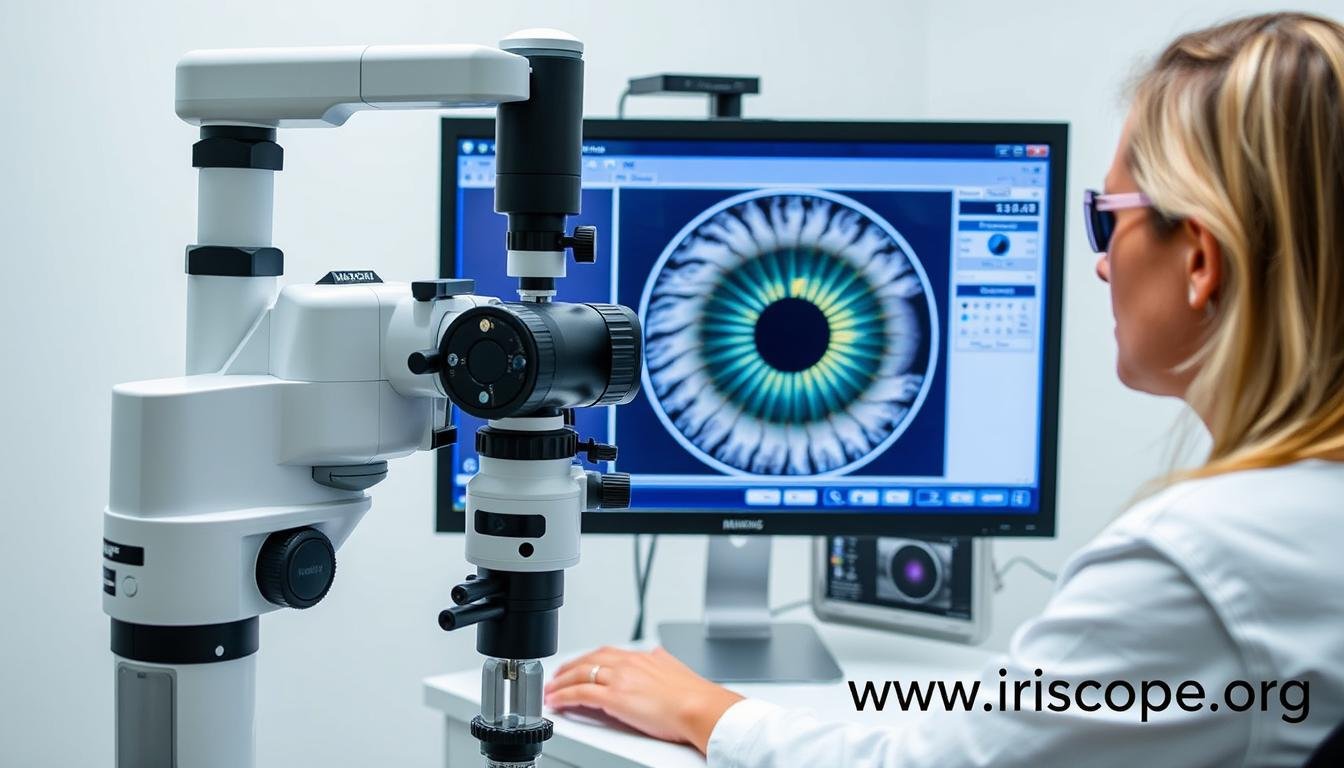
Practical Iris Interpretation Using Jensen’s System
For those interested in understanding the practical application of Bernard Jensen Iridology, here are three illustrative examples of how specific iris signs might be interpreted:
Radii Solaris (Spoke-like Lines)
These spoke-like lines extending outward from the intestinal zone suggest toxic material moving from the digestive system to other organs. Jensen correlated these with irritation pathways and potential inflammatory processes. When found extending toward the head area, they might indicate headaches with digestive origins.
Nerve Rings (Contraction Rings)
These circular rings represent nervous system tension. Jensen observed that more pronounced rings often corresponded with greater stress levels and autonomic nervous system imbalance. Multiple tight rings might suggest chronic anxiety, while irregular or broken rings could indicate fluctuating stress responses.
Lacunae (Enclosed Spaces)
These enclosed spaces represent potential tissue damage or inherent weakness in the corresponding organ. Jensen classified these by color, shape, and location. A dark, closed lacuna in the kidney area might suggest compromised kidney function, while an open, lighter lacuna could indicate an active healing process.
Jensen developed a systematic approach to iris interpretation that considered multiple factors:
- Color intensity and variation within specific zones
- Structural integrity of iris fibers in each section
- Presence and characteristics of various markings (crypts, lacunae, etc.)
- Relationship between markings in different zones
- Changes observed over time with repeated examinations
Modern practitioners using Jensen’s methodology typically combine traditional observation with digital imaging technology, allowing for more precise documentation and comparison over time. This technological advancement has enabled more consistent application of Jensen’s principles while facilitating better record-keeping and educational opportunities.
Enhance Your Iridology Practice with Professional Equipment
MAIKONG offers state-of-the-art iridology cameras and software designed specifically for practitioners implementing Bernard Jensen’s methodology. Our equipment provides the precision and clarity needed for accurate iris analysis.
Explore Iridology Cameras
Modern Applications of Bernard Jensen Iridology in Holistic Health
Today’s holistic health practitioners have expanded on Jensen’s foundational work, integrating his iridology principles with contemporary health approaches and advanced technology. The applications of Bernard Jensen Iridology in modern practice are diverse and continue to evolve.
Preventive Health Screening
Practitioners use iridology as an early screening tool to identify potential health vulnerabilities before they manifest as clinical symptoms. This allows for targeted preventive interventions focused on strengthening constitutional weaknesses.
Nutritional Protocol Development
Iris analysis helps practitioners develop personalized nutritional protocols based on identified organ weaknesses and constitutional tendencies, following Jensen’s emphasis on nutrition as a cornerstone of healing.
Treatment Progress Monitoring
Sequential iris photography allows practitioners to document changes over time, providing visual evidence of healing responses to interventions and guiding adjustments to treatment protocols.
Technological Advancements in Iridology Equipment
Modern iridology has been transformed by technological innovations that enhance the precision and reliability of iris analysis. MAIKONG, with over 20 years of industry experience, has been at the forefront of developing advanced iridology equipment that maintains the integrity of Jensen’s methodology while incorporating cutting-edge technology.
Professional Iridology Cameras
Today’s professional iridology cameras, like those manufactured by MAIKONG, feature high-resolution imaging capabilities that capture minute details of iris structure and coloration. These specialized cameras include:
- Macro lens systems designed specifically for iris photography
- Controlled lighting systems that eliminate reflections and shadows
- Adjustable positioning mechanisms for patient comfort
- Direct computer connectivity for immediate image analysis
- Portable options for practitioners who travel between locations
Advanced Iridology Software
Specialized software has revolutionized how practitioners apply Jensen’s principles, offering tools that enhance analysis accuracy and educational capabilities:
- Digital overlay of Jensen’s iris charts for precise zone identification
- Comparison features to track changes between sessions
- Magnification tools to examine specific iris areas in detail
- Automatic detection of key iris features and markings
- Patient database management for comprehensive record-keeping
- Report generation for patient education and documentation
Download Free Bernard Jensen Iridology Chart
Begin your journey into iridology with our free downloadable Bernard Jensen-style iridology chart. This professional-grade resource includes detailed organ correspondences and tissue indicators based on Jensen’s research.
Download Free Chart
Implementing Bernard Jensen Iridology in Your Practice
For health practitioners interested in incorporating Bernard Jensen Iridology into their practice, a structured approach to learning and implementation is essential. The following steps provide a roadmap for developing proficiency in this specialized field.
-
Education and Training
Begin with comprehensive study of Jensen’s core principles through his books and specialized training programs. Many professional organizations offer certification courses based on Jensen’s methodology.
-
Equipment Acquisition
Invest in quality iridology equipment, including a professional iridology camera and specialized software. The precision of your analysis depends significantly on the quality of your imaging capabilities.
-
Practice Analysis Techniques
Develop your skills by practicing iris analysis regularly, beginning with basic constitutional assessment before progressing to more detailed evaluations of specific markings and zones.
-
Integration with Other Modalities
Following Jensen’s holistic approach, learn to integrate iridology findings with other assessment methods and therapeutic interventions, particularly nutritional and lifestyle modifications.
-
Documentation and Follow-up
Establish systems for documenting baseline iris conditions and tracking changes over time, allowing you to monitor treatment effectiveness and refine your protocols.
Essential Equipment for Professional Iridology Practice
Professional Iriscope
A specialized camera system designed specifically for iris photography, providing the magnification and lighting needed for detailed iris examination.
Iridology Software
Specialized software that enhances analysis capabilities with digital chart overlays, comparison features, and patient record management.
Iridology Charts
Professional reference charts based on Jensen’s research, providing detailed mapping of iris zones and their corresponding organ relationships.
Case Example: Setting Up a Modern Iridology Practice
Dr. Sarah Chen, a naturopathic physician, successfully integrated Bernard Jensen Iridology into her practice by following a systematic implementation approach. She began by investing in MAIKONG’s professional iridology camera and software system, which allowed her to capture high-resolution iris images and analyze them using Jensen’s methodology.
“Incorporating Bernard Jensen’s iridology principles transformed my practice by providing insights into my patients’ constitutional tendencies that weren’t visible through standard assessments. The MAIKONG equipment made implementation seamless, with image quality that reveals even subtle iris markings and software that simplifies analysis and documentation.”
Dr. Sarah Chen, Naturopathic Physician
Dr. Chen now uses iridology as an initial assessment tool for all new patients, combining her findings with laboratory testing and clinical examinations to develop comprehensive treatment plans. She reports that patients are particularly engaged with this approach, as the visual nature of iridology helps them better understand their health conditions and treatment rationales.
Conclusion: The Enduring Legacy of Bernard Jensen’s Iridology
Bernard Jensen Iridology represents a remarkable blend of traditional observation, systematic documentation, and practical application. Jensen’s tireless efforts transformed iridology from an obscure practice into a structured system with educational standards, clinical protocols, and practical applications that continue to influence holistic health practitioners worldwide.
While scientific debate about iridology’s diagnostic validity continues, Jensen’s emphasis on constitutional assessment, functional analysis, and preventive health strategies resonates with contemporary trends toward personalized medicine and root-cause approaches to wellness. His integration of iris analysis with nutritional therapy created a holistic framework that addressed not just what might be happening in the body but what to do about it.
For today’s practitioners, the combination of Jensen’s methodological foundation with modern technological advancements offers powerful tools for health assessment and patient education. MAIKONG’s professional iridology equipment continues this legacy by providing the precision instruments needed to apply Jensen’s principles in contemporary practice.
Whether you’re an experienced iridologist looking to upgrade your equipment or a health practitioner interested in adding iridology to your assessment toolkit, MAIKONG offers the professional-grade products and support needed to successfully implement Bernard Jensen Iridology in your practice.
Elevate Your Holistic Practice with Professional Iridology Equipment
Discover MAIKONG’s complete range of professional iridology products designed for practitioners implementing Bernard Jensen’s methodology.
Explore Our Products

















